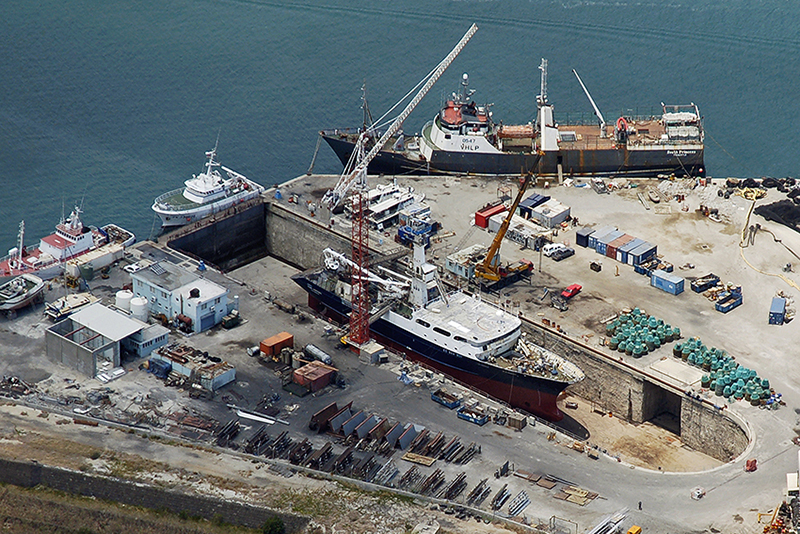
The global market for Тенденції ринку пасажирських поромів passenger ferries has witnessed significant evolution in recent years, reflecting changes in consumer behavior, technological advancements, and environmental considerations. As travel patterns shift and eco-friendly options become more desirable, understanding the current trends in passenger ferries is essential for stakeholders in the maritime industry. This article delves into the key trends shaping the passenger ferry sector, highlighting the innovations, challenges, and future directions of this dynamic market.
1. Growing Demand for Sustainable Transportation
As awareness of environmental issues grows, consumers are increasingly favoring transportation options that minimize their carbon footprint. The maritime industry is responding by developing more sustainable passenger ferry services. Innovations such as hybrid-electric vessels, LNG (liquefied natural gas) powered ferries, and improved waste management systems are being adopted. Companies are investing in technologies that reduce emissions and enhance overall energy efficiency, catering to the eco-conscious traveler.
2. Technological Advancements
Digitalization is rapidly transforming the passenger ferry market. Ferries are increasingly equipped with smart technologies that streamline operations and improve customer experiences. Innovations include advanced ticketing systems, real-time tracking of ferries, and enhanced onboard services through mobile applications. These technologies not only improve operational efficiency but also enhance passenger safety and comfort, fostering a more enjoyable travel experience.
3. Increased Connectivity and Accessibility
With urbanization and the increasing movement of populations, there is a growing need for effective transportation links. Passenger ferries are becoming an essential mode of travel in many coastal and island regions. Governments are investing in ferry infrastructure to improve connectivity between mainland and remote areas, ensuring that residents and tourists can easily access vital services and attractions. This trend is boosting passenger numbers and promoting the economic viability of ferry services.
4. Safety and Health Standards Post-COVID-19
The global pandemic underscored the importance of health and safety protocols in public transportation. As travel resumes, ferry operators are implementing stringent health measures to reassure travelers. Enhanced cleaning procedures, social distancing measures, and the provision of hand sanitizing stations are now standard practices. This focus on safety is crucial for regaining passenger confidence and ensuring the industry’s recovery.

5. Expansion of Ferry Networks
Many ferry operators are expanding their services to tap into new markets. The introduction of new routes, especially in regions with limited transportation options, can significantly boost passenger traffic. This expansion often includes collaborations with local governments and tourism boards to promote ferry travel as a viable alternative to other forms of transportation. These initiatives not only benefit the ferry companies but also enhance local economies by facilitating tourism.
6. Competitive Pricing Strategies
As competition increases in the passenger ferry market, operators are adopting competitive pricing strategies to attract passengers. By providing promotional fares, flexible ticketing options, and partnerships with travel agencies, operators can appeal to a broader audience. This trend is essential, especially in a market that has felt the economic impacts of the COVID-19 pandemic, as affordability becomes a key factor for travelers looking to resume leisure activities.
7. Enhanced Customer Experience
Today’s passengers are seeking more than just transport; they desire an integrated travel experience. Ferry operators are focusing on enhancing onboard services, offering amenities such as restaurants, lounges, and Wi-Fi connectivity. By improving the overall passenger experience, ferries can compete not only with other maritime services but also with air travel. This focus on customer service is vital for retaining loyal customers and attracting new ones.
8. Future Growth Predictions
Market analysts project that the passenger ferry market will continue to grow in the coming years, fueled by increasing global tourism and the expansion of ferry services. Coastal and island communities worldwide are expected to see economic benefits from this growth, driving investments in fleet upgrades and infrastructure improvements. The recovery from the pandemic is anticipated to be robust, with pent-up travel demand likely to lead to increased ferry ridership.
Conclusion
In conclusion, the trends shaping the passenger ferry market illustrate a complex interplay of sustainability, technology, safety, and consumer preferences. As we look to the future, it is clear that ferry operators must adapt to these changes, embracing innovation and prioritizing customer satisfaction. Successful companies in this market will be those that are proactive in addressing the evolving needs of travelers while ensuring their operations meet the highest standards for safety and environmental stewardship. The passenger ferry market is set for an exciting future, marked by growth, transformation, and opportunity.